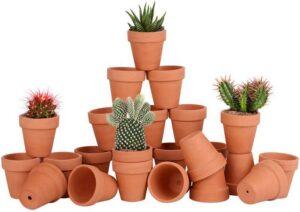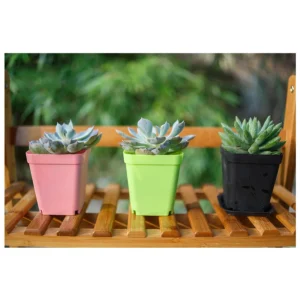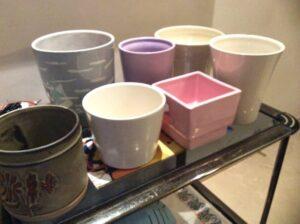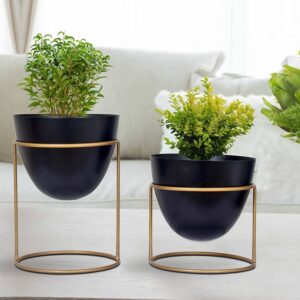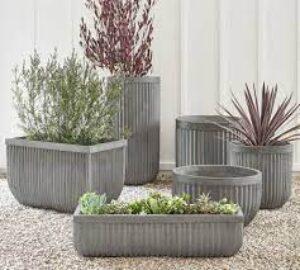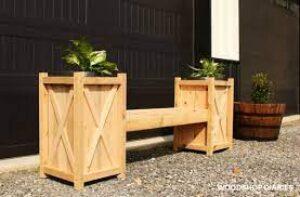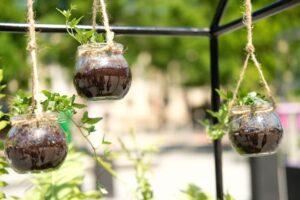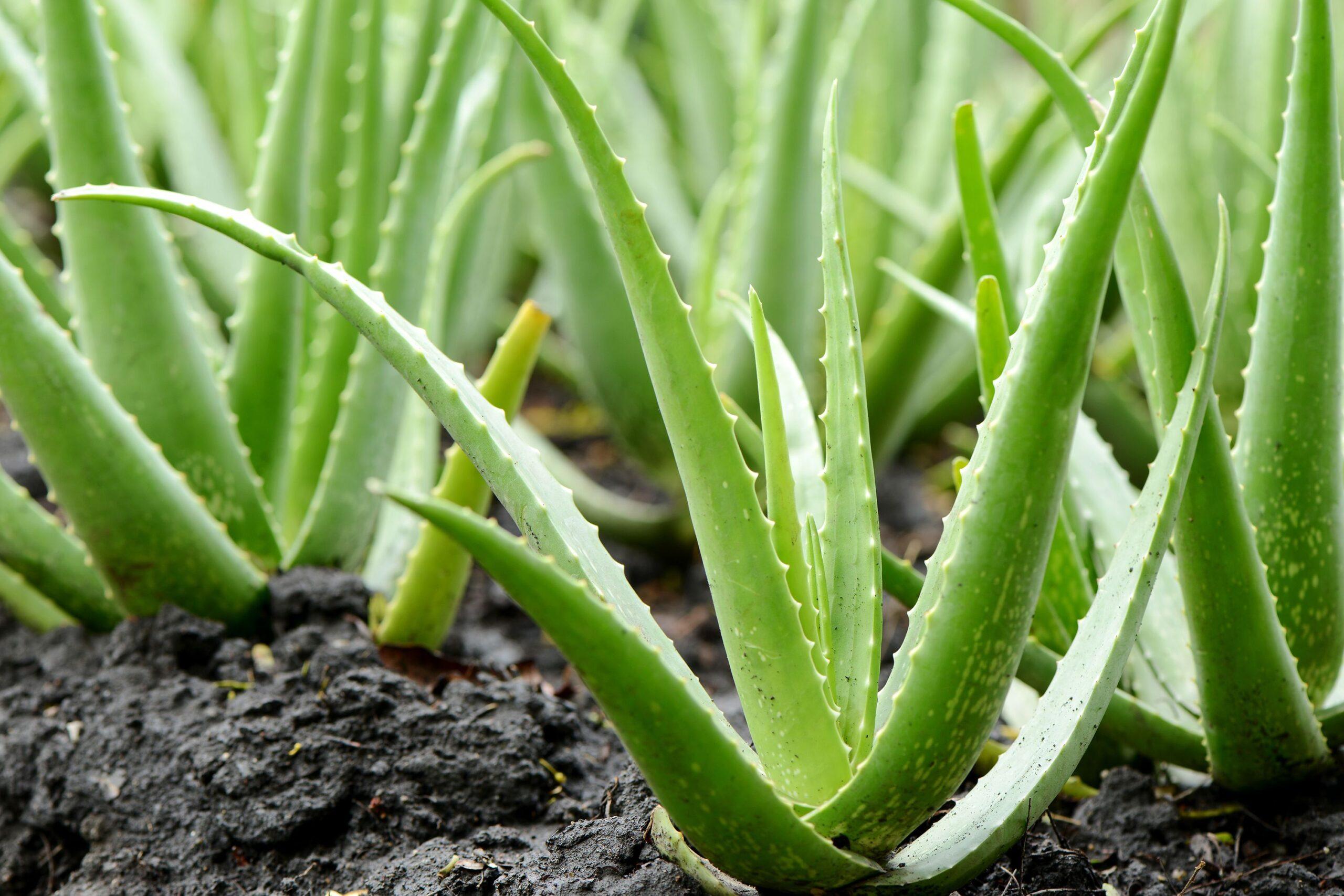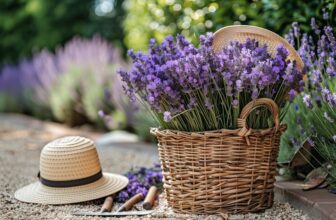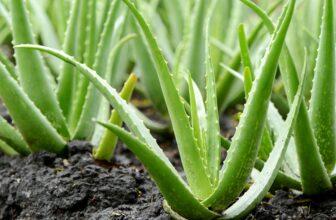Containers allow you to easily move your plants to adapt to changes. You can bring containers indoors when the weather turns cold, extending your gardening season and providing a fresh supply of flowers, vegetables, and herbs year-round.
Plant Pots
Containers are particularly useful for city dwellers with limited space. Rooftop gardens, in particular, demonstrate how containers can transform small urban spaces into lush retreats.
Containers can complement existing garden beds by adding height, color, and other features that enhance the overall aesthetics of your garden.
Containers can help control invasive plants that might otherwise overtake your garden.
You have complete control over the soil quality in containers, which is beneficial for plants that struggle with diseases, pests, or poor conditions. You can select the ideal growing medium and nutrients to ensure your plants thrive.
Overall, containers offer flexibility and control, making them a valuable tool for gardeners of all levels, whether dealing with limited space, challenging conditions, or a desire for year-round gardening.
Choose Your Plant Pots
Virtually anything capable of holding soil and featuring drainage holes at the base can be repurposed into a container for terrestrial plants. There exists a vast array of plant pots, and the choice ultimately hinges on your specific needs.
There are countless types of plant pots available, each catering to different requirements. Here are some considerations to keep in mind while choosing plant pots.
- Adequate Space for Growth: It’s crucial that the chosen container provides ample room for both the plant’s roots and the soil medium, creating an environment where the plant can flourish.
- Type of Plant: The specific plant you intend to grow plays a significant role in determining the suitable container.
- Plant Size: The size of the plant is a crucial consideration when choosing a container. For larger plants, root penetration should be considered. Some small plants have long roots and should be grown in deep containers.
- Planting Purpose: The intended purpose of your planting venture, whether it’s ornamental, edible, or something else, will help guide your container selection. Indoor pots specially used in offices require more neatness than regular garden pots.
- Budget: Your budget constraints can influence your choice of plant containers.
- Number of Plants: Consider how many plants you intend to grow, as this affects the size and quantity of containers you’ll need. For example, to grow vegetables, you need large rectangular pots, while for fruits, pots must be large and wide.
Types of Plant Pots
Clay Pots
Clay pots are an economical and environmentally friendly choice for gardening. Crafted from natural mud materials, they facilitate the exchange of gases and moisture, creating a healthy environment for plants. While they may not offer the fancy shapes of some other containers, they are a practical choice, especially for outdoor settings like gardens and courtyards.
One of the key advantages of clay pots is their ability to provide a more natural environment for plants. Container gardening aims to replicate a plant’s natural growth conditions, including soil temperature. Clay, a thick and porous material, naturally regulates heat transfer between the soil and the external surroundings, preventing abrupt temperature fluctuations. These pots can capture and retain the sun’s warmth while dissipating excess heat through water vapor, giving you greater control over your plant’s growing conditions.
Plastic Pots
While plastic plant pots are indeed cost-effective, they do come with some limitations, including a relatively short lifespan. These limitations can be attributed to the material’s inability to hold a large amount of soil and its susceptibility to degradation when exposed to the sun’s heat. As a result, plastic pots often need to be replaced over time, the frequency of which depends on the quality of the plastic and the environmental conditions in which they are used.
Ceramic pots
Modern ceramic pots have gained popularity for their elegance and aesthetic appeal, although they tend to be more expensive compared to traditional clay or plastic pots. These modern ceramic pots are often used to complement and enhance the beauty of gardens and indoor spaces. Unlike plastic pots, ceramic pots may not offer the same level of affordability or durability, but they provide a sleek and sophisticated look to your surroundings.
Metal Pots
Metal pots absorb and retain heat from sunlight more effectively than clay or plastic. This can lead to the soil in the metal pots becoming excessively hot, potentially damaging the roots of plants. It causes rapid temperature fluctuations in the soil due to their heat-absorbing properties. This can be stressful for plants, as they prefer more stable soil temperatures.
Therefore, It’s generally not recommended to directly sow seeds in metal pots, especially in hot climates, because the elevated temperatures can hinder seed germination and young seedling growth. To mitigate the heat issue, it’s a common practice to place a clay pot (or a plastic pot) inside the metal container. This clay pot acts as an insulating barrier, reducing the direct contact between the soil and the metal surface. This can help maintain more stable soil temperatures for the plants.
When using metal pots, it’s essential to select plants that can tolerate or thrive in warmer soil conditions. Some plants are more heat-resistant than others and are better suited for metal containers. Be vigilant about monitoring soil temperature and moisture levels in metal pots to ensure that plants remain healthy and hydrated.
Concrete pots
Concrete pots are typically used when planting large plants like trees and shrubs. They can accommodate a substantial amount of soil and provide ample space for deep-rooted trees to grow. One of the notable advantages of concrete pots is their customization. They can be tailor-made to fit specific spaces and meet individual planting requirements, making them a versatile choice for landscaping projects.
Wood Pots
On the other hand, wooden pots are less commonly used for planting due to their tendency to absorb water from the soil, which can cause the wood to swell and potentially lead to deterioration over time. However, wooden pots can be used effectively by placing a clay pot with a metal tray inside them. This arrangement helps prevent direct contact between the soil and the wooden pot, minimizing water absorption and preserving the wooden pot’s integrity.
Glass Pots
Glass plant pots are unique and elegant containers used for planting various types of plants, including succulents, cacti, and small ornamental plants. These pots are made of glass and provide a clear, transparent view of the soil and roots, which adds a distinct aesthetic appeal to your indoor or outdoor space. Here are some key features and considerations regarding glass plant pots
